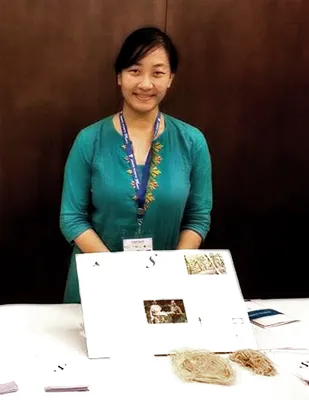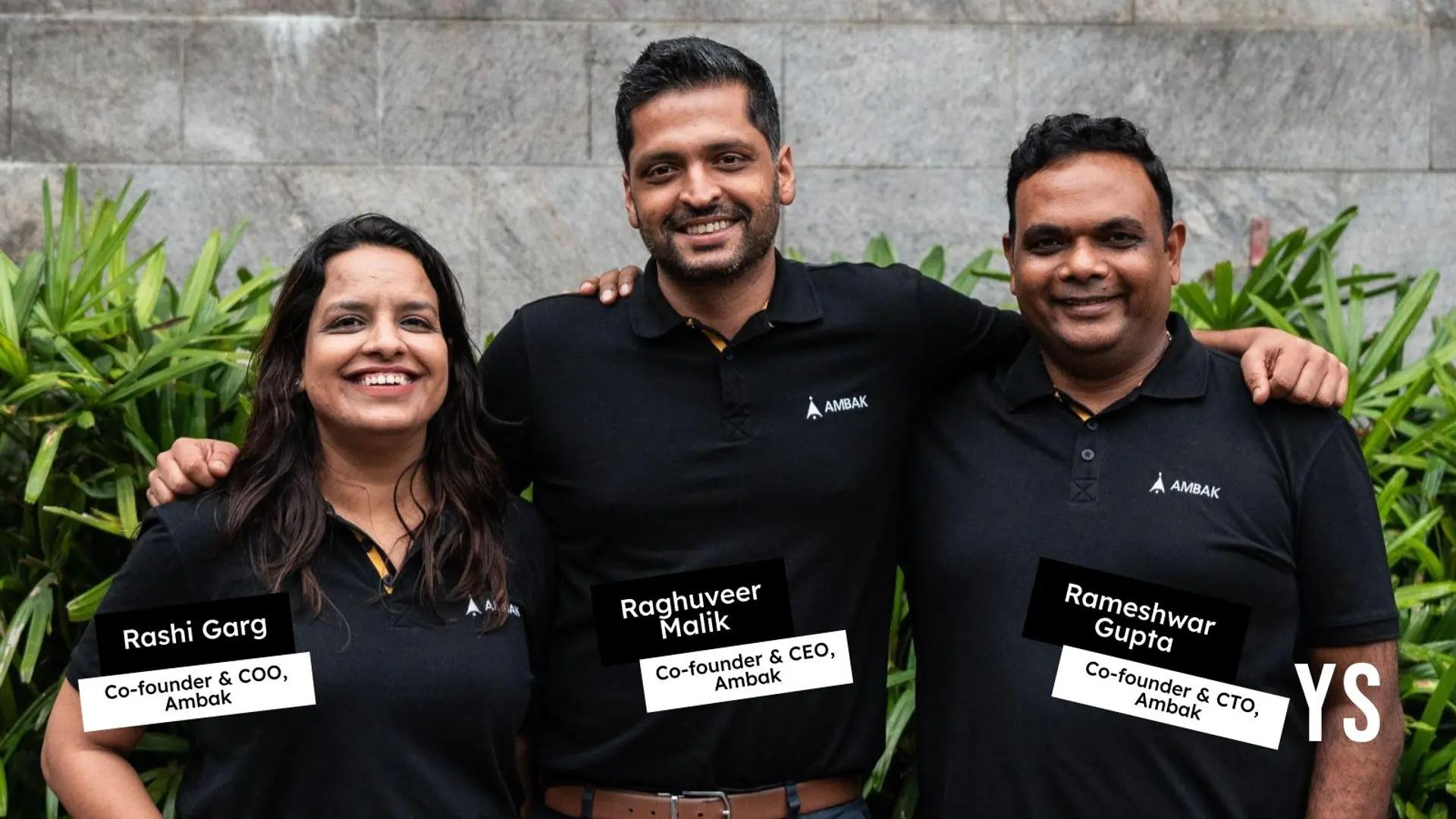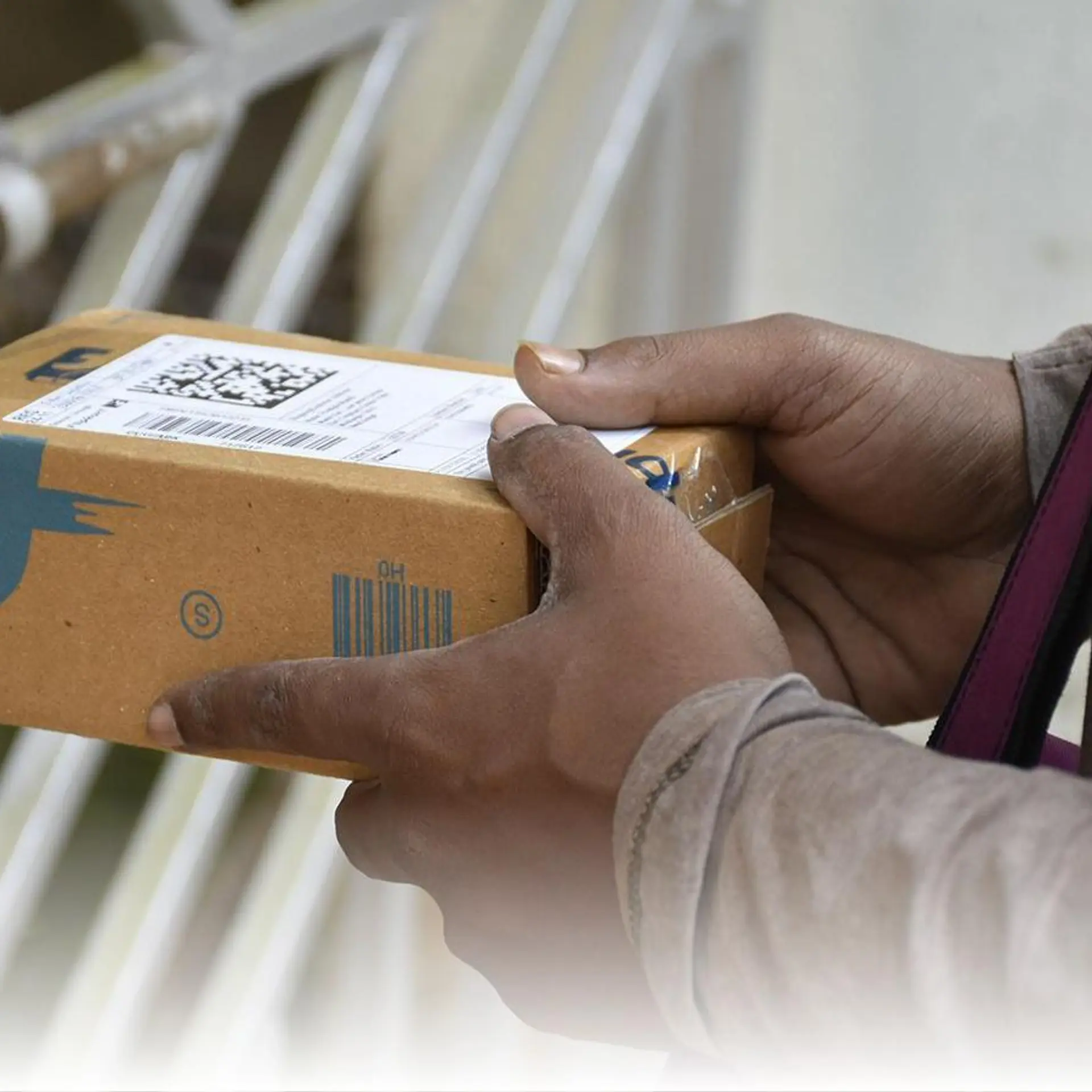Eco-friendly sanitary pads made of banana fibre – Saathi pads’s solution to menstrual waste
In rural India, menstruating women often limit themselves from contributing to their communities simply because they lack access to affordable sanitary protection. The implications are real – every year, many of these rural girls and women miss up to 50 days of work or school. A report says that “inadequate menstrual protection makes adolescent girls (age group 12-18 years) miss 5 days of school in a month (50 days a year). Around 23% of these girls actually drop out of school after they started menstruating.”
Along with economic challenges, cultural stigmas prevent many women from easily accessing safe sanitary protection, especially in most rural Indian communities. The lack of access and proper sanitary hygiene can even lead to infections and even infertility!
In order to address this pressing healthcare issue, Saathi was founded by Kristin Kagetsu, Amrita Saigal, Grace Kane, Ashutosh Kumar and Zachary Rose. The aim was to develop a small scale manufacturing process that would produce affordable sanitary protection from waste banana tree fibre.
The Saathi Story

Kristin talks about her own story. “I was always interested in development and in engineering. MIT helped combine the two things. It kind of got me to this path and aware of what a social enterprise is. “She first came to India on a fieldwork project to develop all natural crayons. “I was very interested in new product development and sustainability.” After her project got over, Kristin came back and spent a few months working with Avanti (an NGO) in Uttara hand. “That was what pretty much sparked my interest in working in a social enterprise. I went back to US to my job at Oracle but it felt like it wasn’t the right fit. I wanted something with more impact on people’s lives that really mattered.”
Amrita Saigal and Kristin both studied engineering at MIT. Amrita was toying with the idea of creating low cost sanitary pads for rural women. Saathi was a project then but Amrita was interested in building up a team to take it forward. Kristin adds, “I’m also very interested in women empowerment. As a female engineer, you come across these issues as well.”
In 2014, Amrita won the grand prize in the ‘Social Enterprise’ category for Saathi in a competition hosted by Harvard for its alumni (Amrita is an MBA from Harvard); Amrita and Kristin received $50,000 as prize.
Also Read:
The Beautiful Game, a 17 year old and 6.5 lakhs – Sheel Soneji’s story
Change in plans
The original model was all about Saathi creating low cost sanitary pad for rural women. But that changed. Kristin explains why,
I don’t believe that we should make a product that we haven’t thought through. Just a low cost sanitary pad isn’t thinking through the entire the life cycle of the product. If you’re going to make a disposable product then you have to care about what happens to it and how it affects the environment. Otherwise, how would we be different than any other sanitary pad maker out there?
Kristin gives us the lowdown on the numbers.
Only 12% of women in India have access to sanitary pads. And that’s a small very small number. Even then every month, 9000 tonnes of sanitary waste is produced. The sanitary pad available right now, across all categories use the same basic material. ‘Super absorbent’ materials and chemicals in these pads make them environment’s worst nightmare.
Think of the environmental mayhem when the number of women using pads goes up.

The low cost sanitary pad solution tackled only one issue, which is the social issue of women in rural areas not having access to sanitary pads. But the environmental burden remained a question mark. They have made a shift, to now focus on new material that will still reach out to rural women ultimately but make sure that they are being very responsible about the way they produce the pads.
A longer route but a sustainable one

The answer lies in choosing the raw materials carefully. Saathi is the first 100% eco-friendly sanitary pad made from waste banana tree fibre, which is locally sourced for urban and rural India. They’re targeting women and girls in urban and rural India. Kristin comments on the pricing “For urban women, we will sell at the same price point as they’re used to right now. By selling at that cost, we can subsidize the cost for rural women and increase accessibility and adoption of safe menstrual practices.”And there’s more
They source the banana fibre from a banana plantation belt near Ahmedabad. Banana fibre is usually a waste product for the farmers; Saathi is helping farmers with an additional source of income from the waste.
As a part of their plan, they will be providing jobs and training to women from low income families in urban and rural areas. Kritin adds, “Saathi’s dream is to provide affordable, accessible, eco-friendly sanitary pads to women all over rural India. With Saathi pads, more girls will be able to stay in school, get the education they always dreamt of and reach their full potential.”
Setting up a large manufacturing unit, and making sure the supply chain thread is taken care of are their immediate challenges. Signing off, Kristin reaffirms, “It will be challenging but we’ll get there. It’s just a matter of time. The end goal (of reaching all rural women) is the same but we just have a couple of more steps to take.”







